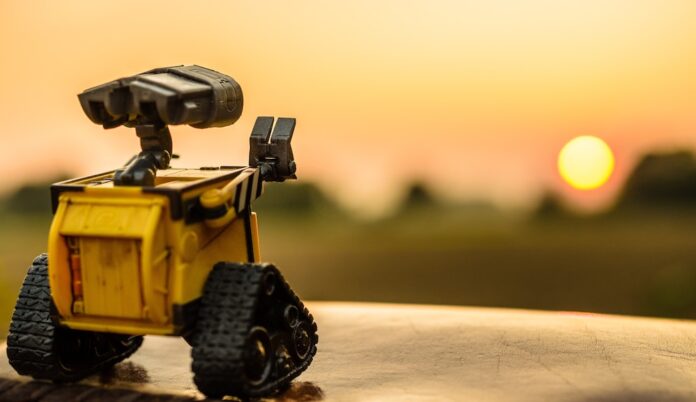I know what you’re thinking: spending money at Disney is easier than breathing, and there is no art to it. Where the art comes in is in the technology that has been created to help you part with your cash without even seeing it happen.
I was reading an article this morning (unrelated to Disney) about how customers will soon no longer remember the sounds of cash registers. As quieter forms of payment become king, and cash shifts to being rarer than a Flight of Passage FastPass, it got me thinking about how spending our money in the parks has changed so much in such a short amount of time.
As a child, I remember bringing my Disney Dollars and a few bucks that I had saved over the months beforehand with me to the Disney parks. Back then, a little went a long way, and every transaction was a conscious choice to spend a portion of your budget. These days, it seems to be all tap this or swipe that, missing the responsibility and intention that comes with physically handing over your hard-earned dollars.
Thanks to the genius minds at work in the Disney department of getting-you-to-part-with-more-cash, the art of spending money has never been easier. Between tap and pay credit cards, and paying with your cell phone and Magic Bands (in Walt Disney World), a simple swipe of the wrist can be all it takes to say goodbye to hundreds of dollars a day without even keeping track of it. It makes me wonder if you’re better off sticking to good, old-fashioned cash while in the parks. Sure, it might be less convenient as you’ll need to keep track of it and keep it in a safe place, but will perhaps that fixed amount force you to be more mindful of the frivolous purchases and frequent spending?
Could it be that the reason why so many of us are reluctant to shell out the extra cash to tip housekeeping (or any other service) be because of the physical act of removing the money from our wallets? Even those that tip consistently well can appreciate how the additional cost can affect your choices of where to eat and your choice of activities. So why is it so much easier to tap $50 to your MagicBand for an armful of pretzels and water bottles than it is to leave a few dollars on the nightstand?
….
Cash is also a great way to teach kids the value of their money, a concept that is so lost on a generation of children that will rarely ever lay eyes on their actual money. They see us tapping money away without watching the depletion of it in real-time. Handing them their spending money for the trip and watching them struggle to part with it, and visually recognizing what will be left, is a value that is heart warming when it finally sinks in.
Another positive aspect of keeping your spending under control is that it limits you to really only purchase the things you connect with. Instead of bringing home an array of generally pleasing things, you might have one very special thing that will be cherished forever.
Analysis
This article takes a look at how easy it is with today’s technology to be able to spend money without realizing it. In large immersive theme parks like Walt Disney World, the ultimate goal of the Mouse is to get you to spend as much money as possible before you leave. There are specifically crafted technologies that make buying and paying incredible painless and easy for costumers, to the point where they might not even notice the hole in their bank account.
Today’s purchasing is almost entirely tapping or swiping. We are moving far, far away from a cash-based society. At the grocery store we can pay for our food with a tap of our card, our phone, or even our watches. At places like Walt Disney World, guests are given the opportunity to add a credit card to their MagicBand (a version of a park ticket that you wear on your wrist instead of getting your phone or a card out) so they can tap tap tap away on scanners without ever realizing just how much money they’re spending. This is great for Disney, not so great for us spenders.
And what I’m most intrigued by, is how I failed to realize that all this tapping and swiping probably has a not-so-great effect on our children. They’re growing up in an environment where money just *exists* and can be accessed just by tapping. They don’t understand that there is a bottle to that seemingly endless well. This is important to keep in mind as we delve into new technologies in the banking world. What will financial literacy look like in ten years, when the people who have only ever paid for something by tapping start becoming financially independent?
Source
Wood, Z. (2019, November 11). The art of spending money at Disney. The DIS. https://www.wdwinfo.com/disneylandcalifornia/the-art-of-spending-money-at-disney/




